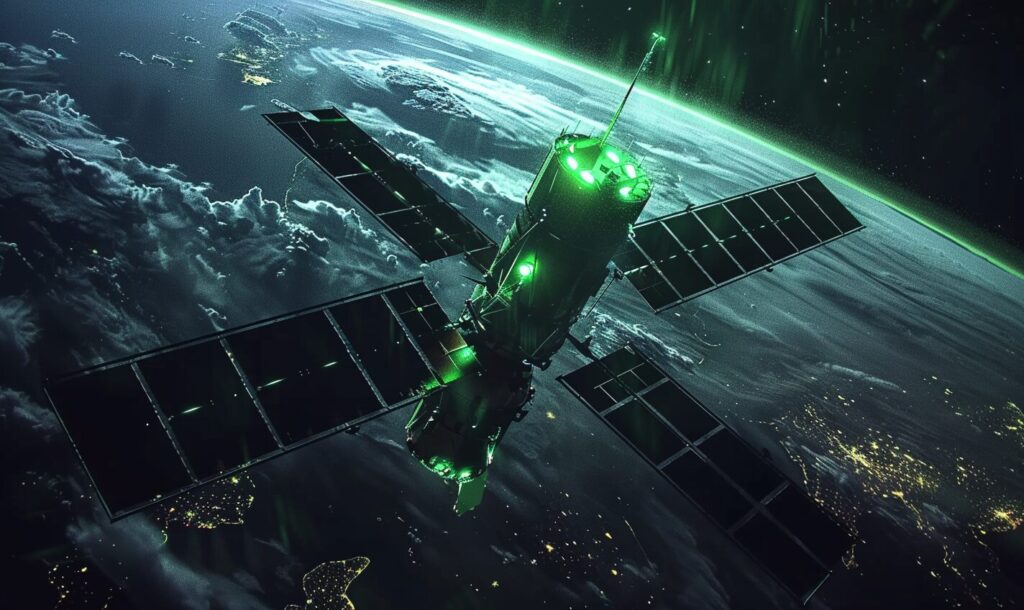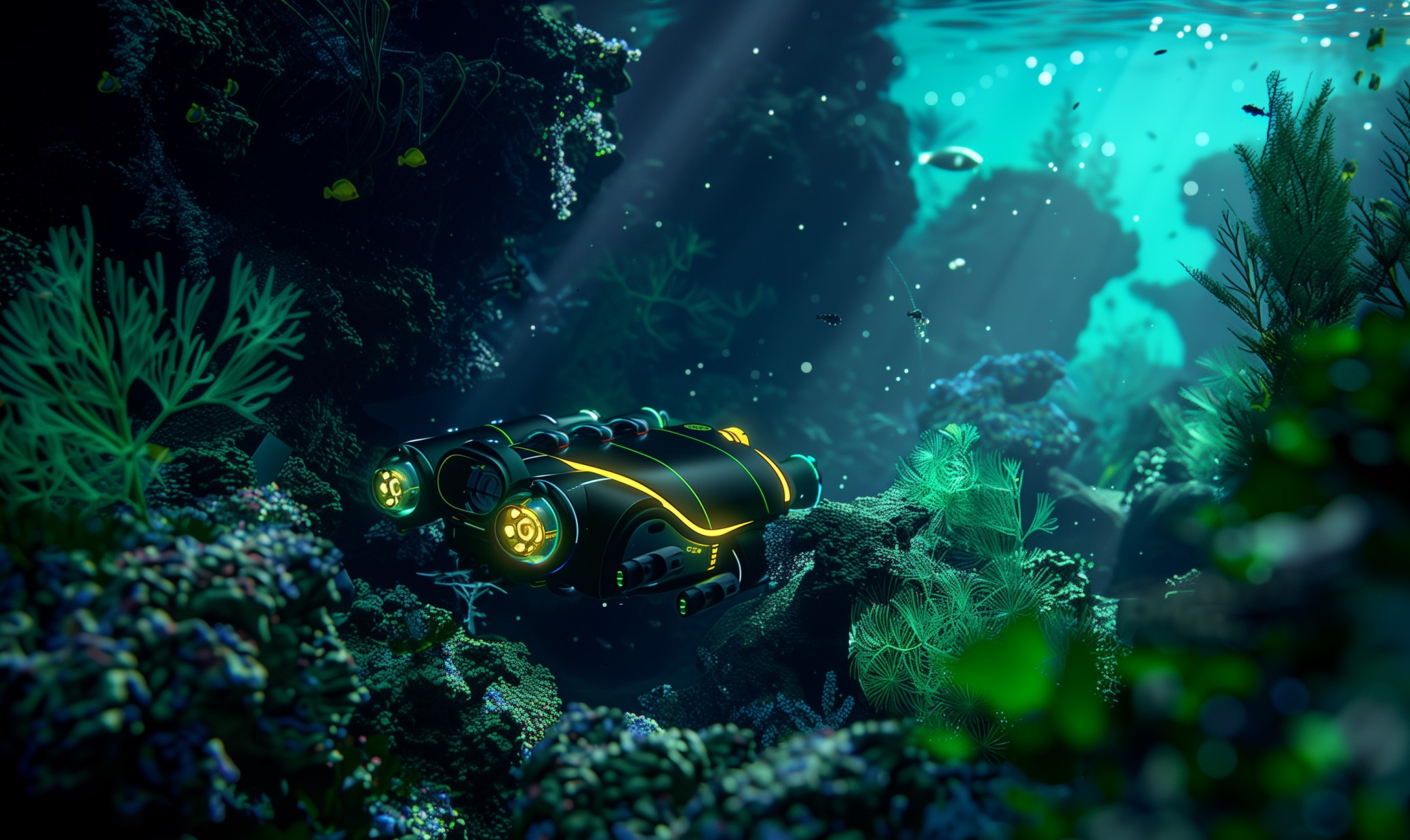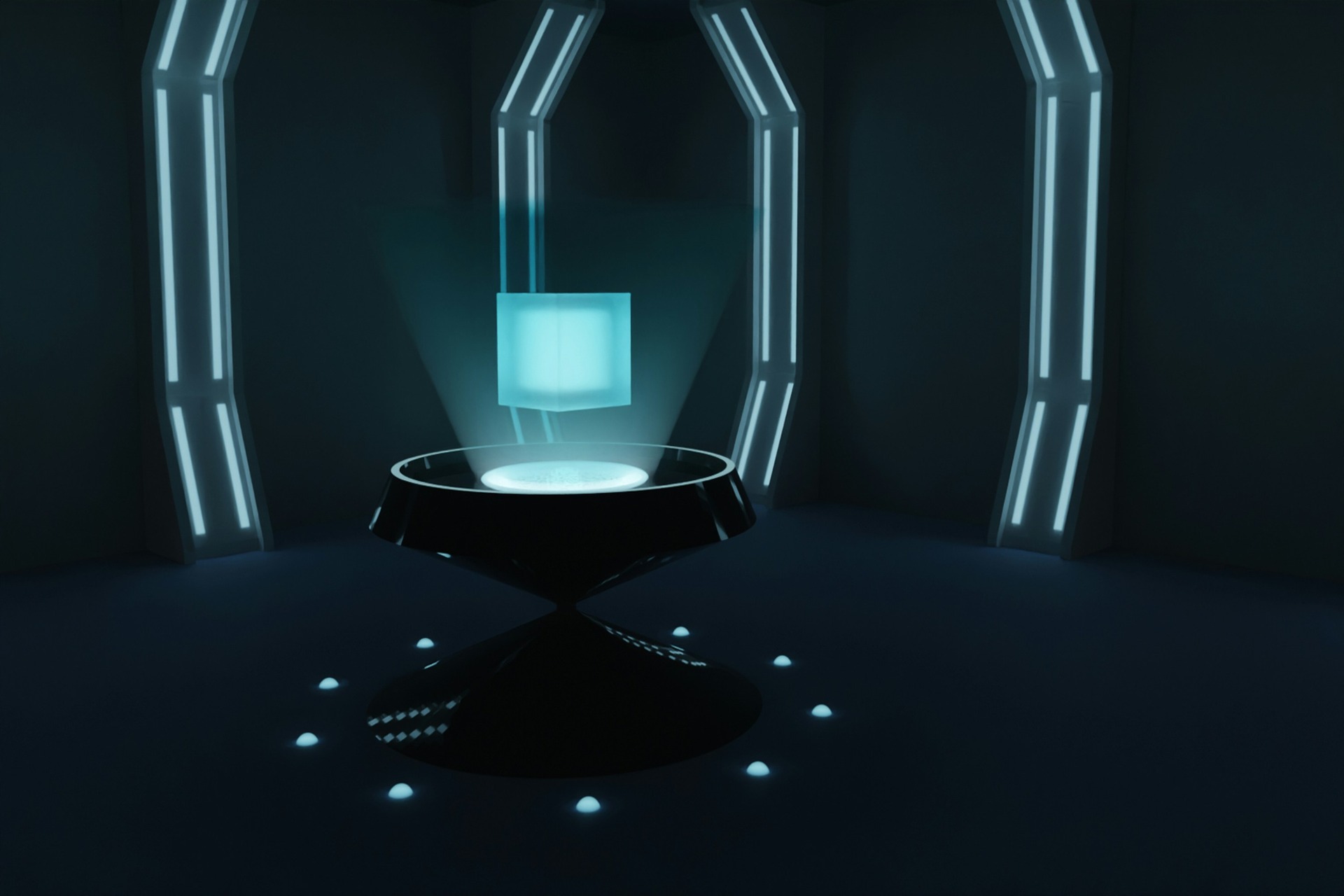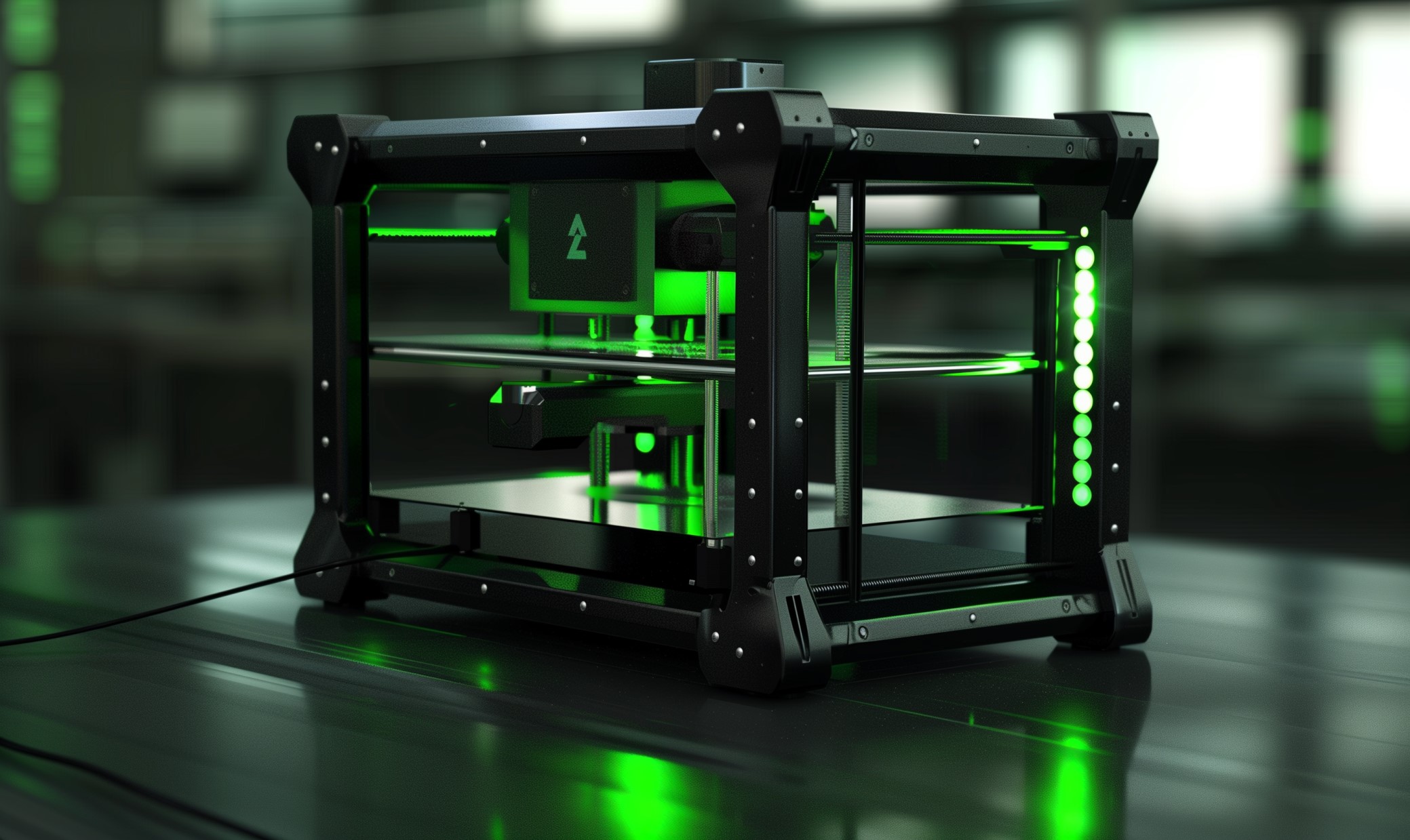Space exploration is entering an exciting era thanks to groundbreaking technologies. These innovations are making it easier and more cost-effective to explore the stars. They’re also providing new ways to communicate and making longer trips possible. With how vast the universe is, the invention of these 10 technology examples is opening up new possibilities for discovering what lies beyond our planet.
1. 5G Network
The latest advancement in wireless communication is becoming pivotal in space communication. 5G technology offers high-speed data transmission, enhancing the way we control and communicate with spacecraft and satellites. This technology allows for real-time data sharing so scientists can monitor and analyze data more efficiently.
5G technology can also transmit high-resolution images and videos from space. This improves scientists’ ability to make decisions. It’s enabling faster, more reliable communication and extends connectivity to the most remote areas.
2. Reusable Rocket Technology
The cost to launch a rocket into space can easily reach hundreds of millions of dollars. For example, the Delta E launch into low Earth orbit costs $177,900 per kilogram of payload mass, totaling about $355 million since it can carry up to 2,000 kg. Each time you build a new rocket, the costs increase, making it more expensive for space launches.
However, reusable launch systems are making sending orbiting vehicles and rocket systems more affordable, thanks to companies like SpaceX. For example, SpaceX’s Falcon 9 rocket has completed numerous successful missions by carrying satellites into orbit and resupplying the International Space Station (ISS). By being able to reuse rockets, there will be more missions to launch and investments in research and exploration.
3. CubeSats and Small Satellites
Satellites are downsizing to a more compact and lightweight design, making them cheaper and faster for startups to develop. With more affordability and efficiency, private companies, universities and government agencies can participate in more space missions.
For instance, the University of Portsmouth’s students were able to use the Space Mission Incubator to explore the universe’s state before stars existed. Microsatellites and CubeSats allow for various scientific experiments and observations, allowing more data to relay back to Earth. Through their ability to support interplanetary missions, these space technologies offer lower costs and quicker deployment times.
4. Ion Propulsion Systems
Ion propulsion systems are unlike conventional rockets that burn fuel to produce thrust. Instead, this technology uses electricity to accelerate charged particles out of the back of the engine to create thrust. This method is much more fuel-efficient, allowing spacecraft to travel faster and farther on less propellant.
One of the key advantages of ion propulsion is it can provide continuous thrust over long periods. Although the force it generates is small compared to chemical engines, the cumulative effect allows spacecraft to reach seven to 10 times more in speed. Nasa’s Dawn has used ion propulsion to change its orbit multiple times and has more than 2,000 days of thrust time.
Ion propulsion systems are well-suited for deep space missions, enabling spacecraft to undertake long-duration missions to explore the solar system further.
5. Laser Communication Technology
Laser-based communication changes how government agencies transmit data in space. It uses light to send information, allowing more data transfer through higher speeds. This technology can share data at rates tens to hundreds of times faster than radio-frequency systems, enabling more downloads of information from satellites and spacecraft.
Laser communication systems can be smaller and lighter, reducing mission costs. Plus, it will allow for more efficient and high-capacity communication links between Earth and spacecraft throughout the solar system.
6. Artificial Intelligence and Machine Learning
Artificial intelligence (AI) and machine learning (ML) are some of the top 10 examples of technology critical in space exploration. These technologies enable autonomy among spacecraft to identify research targets and adjust mission parameters in real-time.
NASA’s Mars Exploration rovers are examples of technologies that use AI to navigate Martian terrain safely. Meanwhile, ML algorithms use data from telescopes to discover new exoplanets. By automating these tasks, AI and ML can expand our understanding of the universe.
7. 3D Printing and In-Situ Resource Utilization
3D-printing technology and In-Situ Resource Utilization (ISRU) are vastly improving the sustainability of long-duration space missions. These technologies support the idea of self-sufficiency in space, where colonization may exist on the Moon, Mars and beyond. They work by facilitating construction through the use of materials from other planets.
An example of this technology is an ISRU that can turn lunar soil into building materials for habitats. Or, it can use a planet’s atmosphere to take carbon dioxide and produce rocket fuel. When used with 3D printing, astronauts can build tools and spare parts on demand. Leveraging the resources that space provides allows for more establishments of permanent bases and habitation of the solar system.
8. High-Resolution Imaging Systems
High-resolution imaging is another example of technology advancing space exploration. These high-powered cameras are used to capture images, unlike any other camera. The most well-known example of these technologies is the Hubble Space Telescope, which has taken incredible photos of distant galaxies. Technologies like this show scientists what they look like and help them understand how they form and change over time.
These special cameras can also find places where future space missions could land on planets. By looking at these clear images, scientists can choose the safest spots for spacecraft to land. Plus, these photographs let you see what’s happening on the surface of planets. For instance, you can observe storms on Jupiter or track dust storms on Mars.
9. Robotic Explorers and Rovers
Space agencies like NASA use robots to explore places humans can’t easily go. These robots are much cheaper to send into space than humans and enable scientists to study the ground and atmosphere of other planets.
Space robots like NASA’s Perseverance are currently on Mars looking for signs of life. In fact, it studies the planet’s climate and geology to answer questions about whether life existed before. Robotic explorers like these can work in harsh conditions. Whether it’s extremely cold or there’s lots of radiation, scientists can discover more to plan for the future without human space exploration.
10. Human Life Support Systems
When humans go to space, they need everything to live, such as clean air, fresh water and waste management. They also need a way to control temperature and humidity to stay comfortable.
One way they achieve this is through a system the ISS uses to recycle water. This includes using astronaut’s sweat and the moisture they breathe out. Another system removes carbon dioxide from the air and adds oxygen, ensuring the air is safe to breathe. The ISS also uses special filters to keep the air clean and germ-free.
Scientists are even working on ways to grow food in space so astronauts remain healthy and have an easier time exploring away from Earth.
Learning More About Space With These 10 Examples of Technology
Space technology advancements are opening new doors to the universe. These 10 examples of technology provide answers to making space travel more efficient, affordable and sustainable. As technology continues to develop, the dream of exploring distant planets and potentially living on them becomes closer to reality.
Recent Stories
Follow Us On
Get the latest tech stories and news in seconds!
Sign up for our newsletter below to receive updates about technology trends














